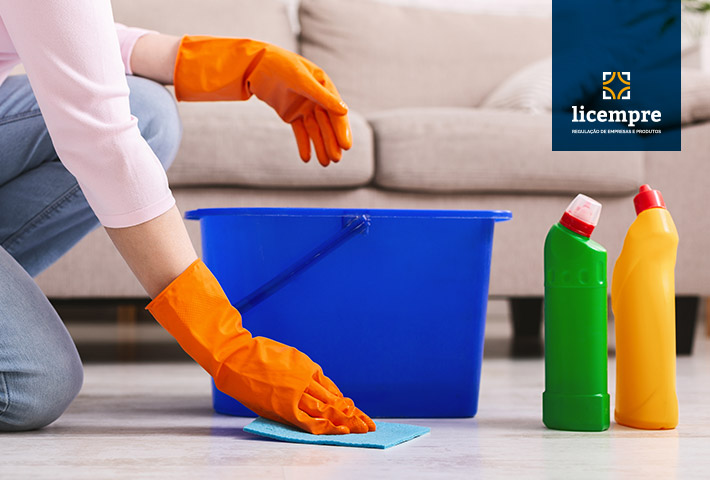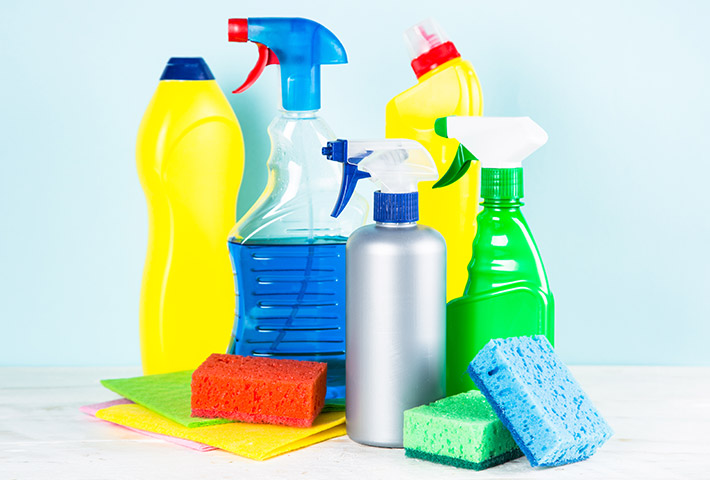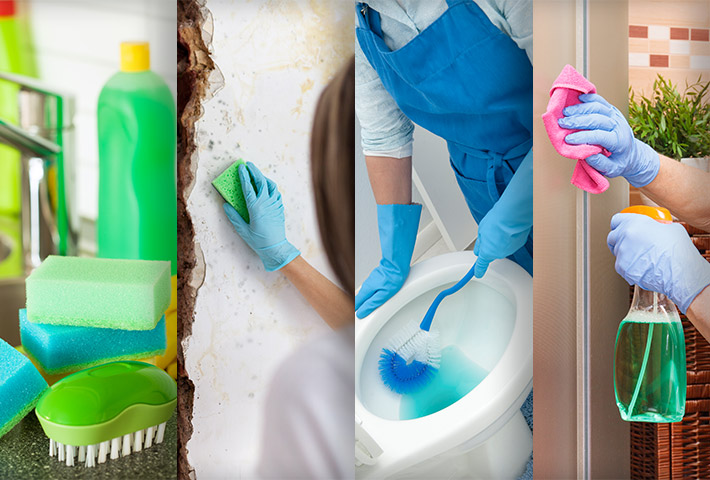
The registration of sanitizers is mandatory for companies wishing to market this category of products.
First, we can understand how sanitizing products related to cleaning products. All companies in this category need product registration, Health Surveillance permit and ANVISA Company Authorization.
What are sanitizers?

Sanitizers are all products intended for cleaning. They can be defined as substances intended for application to fabrics or objects, surfaces and environments, which have the purpose of cleaning, as well as disinfection, sterilization, sanitization, disinfestation, water treatment.
In view of this, no product of health interest should be marketed or imported without prior registration with ANVISA.
Sanitation Registration at ANVISA
Product registration at ANVISA, in addition to being mandatory, gives the manufacturer and importer the responsibility to ensure the maintenance of product quality, safety and effectiveness.
Thus, the registration of cleaning products at ANVISA lasts for five years and may sometimes undergo reevaluations.
Sanitizing Product Classifications
Like other ANVISA regulated products, sanitizers (cleaners) are divided into categories according to level of risk, purpose, sale and employment. Thus, cleaning products are classified into two groups, Risk 1 and Risk 2.
Classification of cleaning products Group 1
According to ANVISA and according to RDC No. 59/10, the sanitizing products of risk group 1 are considered when:
- have an oral LD 50 for rats of more than 2,000 mg/kg body weight for liquid products and more than 500 mg/kg body weight for solid products when evaluated in pure form;
- The pH value in pure form at a temperature of 25 °C is greater than 2 or less than 11.5, or evaluated at 1% dilution when pH cannot be measured in pure form, such as: solid physical form;
- Do not show corrosive characteristics, antimicrobial, disinfectant action, and are not based on viable microorganisms;
- Do not contain in their formulation one of the following inorganic acids: Hydrofluoric (HF), Nitric (HNO3), Sulfuric (H2SO4) or their salts, which release them under the conditions of use of the product.
- Accordingly, in this category, products may be marketed after notification by ANVISA’s electronic petition.
Accordingly, we can consider examples of risk products 1: detergents, cleaners, floor wax, washing powder, stain remover as well as other similar products.
Classification of cleaning products Group 2
Risk group 2 sanitizing products are considered when:
- Present oral LD50 for rats of more than 2,000 mg/kg body weight for liquid products and more than 500 mg/kg body weight for solid products, evaluated at final dilution of use;
- The pH value in pure form at a temperature of 25 °C is equal to or less than 2 or equal to or greater than 11.5, or evaluated at a dilution of 1%, when pH cannot be measured in pure form, as for example: product in solid physical form;
- Have characteristics of corrosivity, antimicrobial activity, disinfectant action or viable microorganisms;
- Contain in their formulation one of the following inorganic acids: Hydrofluoric, Nitric, Sulfuric or their salts, which release them under the conditions of use of the product.
Therefore, risk products 2 can only be marketed after registration is published in the Official Journal of the Union.
Accordingly, we can consider examples of risk products 2: products that have in their composition corrosives, deodorants, fungicides, bleach, insecticides, raticides and repellents, as well as among others.
Classification of sanitizing products by purpose and employment

Purpose:
- General cleanliness and related areas;
- Disinfection, sterilization, sanitization, deodorization, in addition to disinfection of water for human consumption, vegetables and swimming pools;
- Pest control. Sanitizing products are classified by sale and employment into:
Employment:
- OTC Products: Product that can be marketed directly to the public, ie found on supermarket shelves;
- Products for professional use or restricted sale to a specialized company: Product that cannot be sold directly to the public and must be applied or handled exclusively by a properly trained professional or specialized company.
How is the registration of sanitizing product at ANVISA?
The registration process of a sanitizer at ANVISA consists of an electronic petition process. Thus, a sequence of protocols must be followed by the regulatory agency itself, so the interested party must accompany the process.
Finally, before applying for an ANVISA sanitizing product registration it is necessary to check all the predecessor steps of the petition protocol in order to be carefully evaluated to fulfill all that is required. Similarly, you should be aware of all the information in the dossier submitted.
Licempre is a company that specializes in regulatory processes and advises on all stages of ANVISA’s sanitizer registration process in order to achieve a successful application. To find out how to register your sanitizing product with ANVISA talk to an ANVISA specialist.


